Table of Contents
Deep beneath the verdant landscapes of Vietnam lies a captivating testament to human ingenuity and resilience – the Cu Chi Vietnam Tunnels. This subterranean labyrinth, extending over 121 kilometers, is a symbol of Vietnamese tenacity and a poignant reminder of the sacrifices made during the Vietnam War. Prepare to embark on a historical odyssey as we delve into the history, significance, design, and life within the Cu Chi Tunnels, while uncovering their impact on the war’s outcome and their present-day status as a tourist attraction. We will also explore the challenges faced by the Viet Cong in constructing these tunnels, the survival tactics they employed, and the controversies surrounding this enigmatic site.
History of Cu Chi Vietnam Tunnels
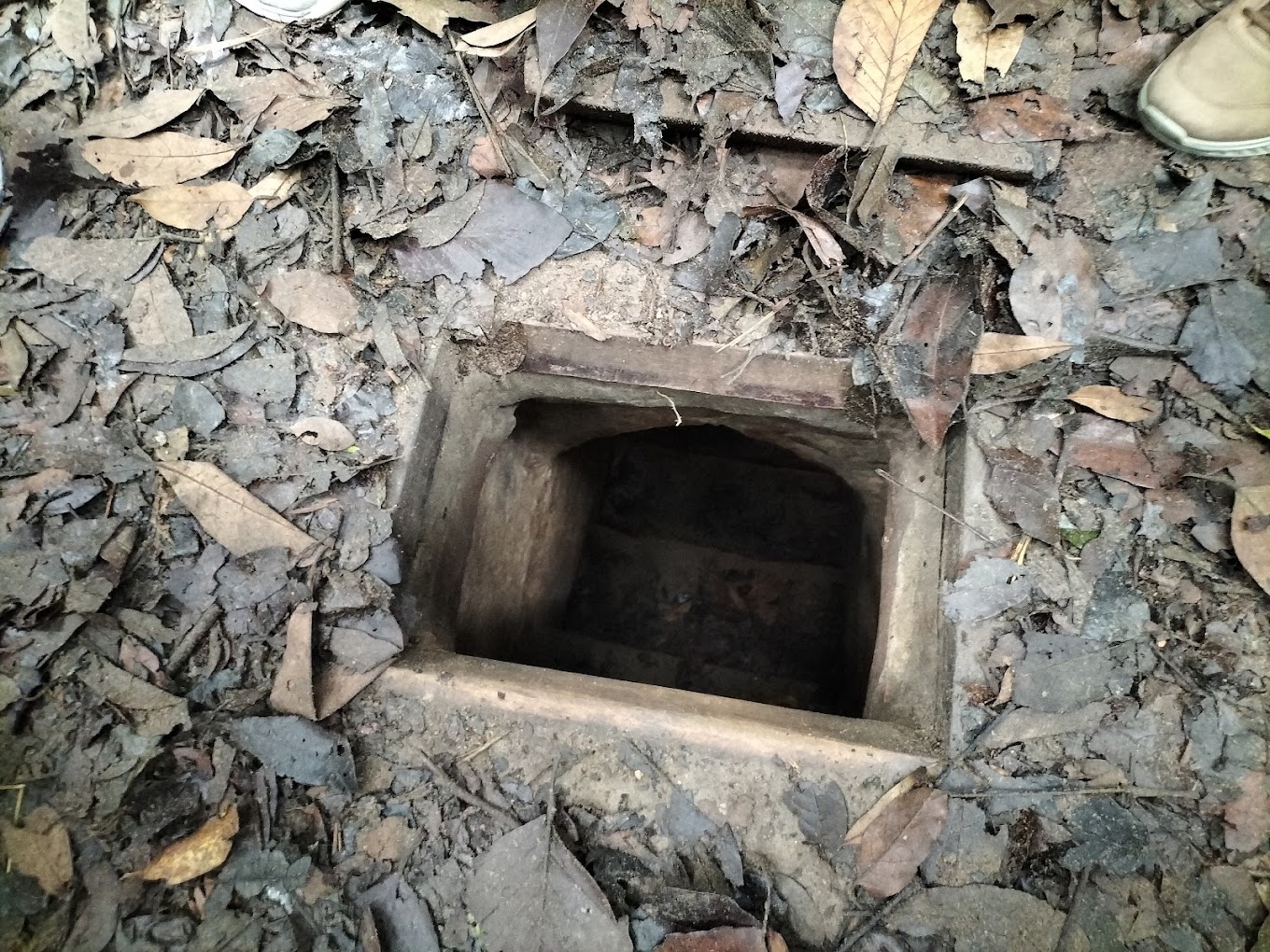
The Seeds of a Struggle
Delving into the historical context, we trace the origins of the Cu Chi Vietnam Tunnels back to the early 1940s. It was during the First Indochina War against French colonialism that the Viet Cong, the National Liberation Front of South Vietnam, began constructing subterranean networks as a means of protection and strategic advantage. These initial tunnels served as hiding places, supply routes, and communication channels, providing a lifeline for the Viet Cong resistance.
The construction of the tunnels was led by Hoang Cam, a local guerrilla leader who recognized the need for a secure underground network. The initial tunnels were simple and crude, dug by hand using basic tools such as shovels, hoes, and bamboo picks. They were narrow, measuring only 60 centimeters in width and 80 centimeters in height, making it difficult for even the smallest soldiers to maneuver through them. However, these tunnels were strategically located near key areas such as villages, roads, and rivers, allowing the Viet Cong to launch surprise attacks and quickly disappear into the safety of the underground network.
The Crucible of War
As the Vietnam War escalated in the 1960s, the Cu Chi Vietnam Tunnels transformed into an intricate underground city. The Viet Cong expanded the tunnels to include living quarters, hospitals, command centers, and storage facilities. They also added booby traps, ventilation systems, and escape routes to make the tunnels more secure and functional.
The tunnels were a crucial part of the Viet Cong’s strategy to combat the technologically advanced American forces. They provided a safe haven for the guerrilla fighters, allowing them to evade airstrikes and ground attacks. The tunnels also played a significant role in the Tet Offensive of 1968, where the Viet Cong launched a surprise attack on over 100 cities and military bases across South Vietnam. The tunnels served as a base for the Viet Cong soldiers, who were able to launch coordinated attacks and then retreat to safety underground.
Significance of Cu Chi Tunnels in Vietnam War

The Cu Chi Vietnam Tunnels were a vital component of the Viet Cong’s resistance against the American forces during the Vietnam War. They provided a strategic advantage to the guerrilla fighters, enabling them to carry out surprise attacks and evade capture. The tunnels also served as a symbol of Vietnamese resilience and determination in the face of adversity.
The American forces were aware of the tunnels’ significance and made several attempts to destroy them. They used various tactics such as bombing, flooding, and chemical warfare to try and eliminate the tunnels. However, the Viet Cong’s ingenuity and resourcefulness allowed them to continuously repair and expand the tunnels, making it nearly impossible for the American forces to completely eradicate them.
Construction and Design of Cu Chi Tunnels

The construction of the Cu Chi Vietnam Tunnels was a remarkable feat of engineering, considering the limited resources and tools available to the Viet Cong. The tunnels were dug by hand, using only basic tools and sheer determination. The Viet Cong also utilized the natural resources in the area, such as bamboo and termite mounds, to construct the tunnels.
The tunnels were designed to be narrow and cramped, making it difficult for the American soldiers to navigate through them. They were also built with multiple levels, with some tunnels reaching up to three stories deep. This design allowed the Viet Cong to create a complex network of tunnels, making it challenging for the American forces to locate and destroy them.
Life Inside the Cu Chi Tunnels

Life inside the Cu Chi Tunnels was not easy for the Viet Cong soldiers. The tunnels were dark, damp, and infested with insects and vermin. The air was thick with the smell of sweat, smoke, and mold. The soldiers had to endure these conditions for extended periods, sometimes even months at a time.
The soldiers also faced the constant threat of disease and infection due to the unsanitary living conditions. However, they developed innovative ways to cope with these challenges. For example, they used bamboo shoots to create ventilation shafts, allowing fresh air to circulate through the tunnels. They also used mosquito nets and herbal remedies to prevent and treat illnesses.
Despite the harsh living conditions, the soldiers found ways to make life underground more bearable. They built communal areas where they could gather and socialize, and they even held weddings and celebrations in the tunnels. These small acts of normalcy helped to boost morale and keep the soldiers motivated during the war.
Impact of Cu Chi Tunnels on the Outcome of Vietnam War
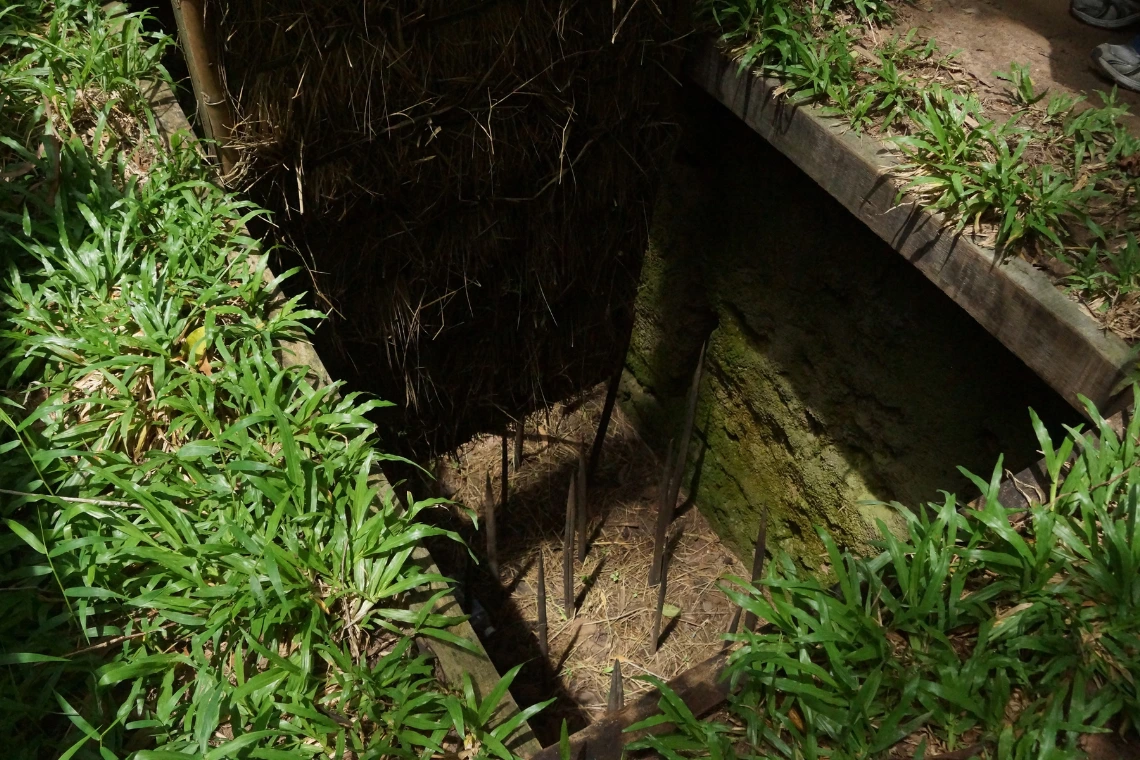
The Cu Chi Vietnam Tunnels played a significant role in the outcome of the Vietnam War. The tunnels provided a safe haven for the Viet Cong, allowing them to continue their resistance against the American forces. The tunnels also served as a propaganda tool, showcasing the resilience and determination of the Vietnamese people in the face of foreign aggression.
The tunnels also had a psychological impact on the American soldiers. The thought of fighting an enemy that could disappear underground at any moment was daunting and demoralizing. The tunnels also made it difficult for the American forces to gain control over the area, as they were constantly under threat from surprise attacks launched by the Viet Cong.
Tourism at Cu Chi Tunnels
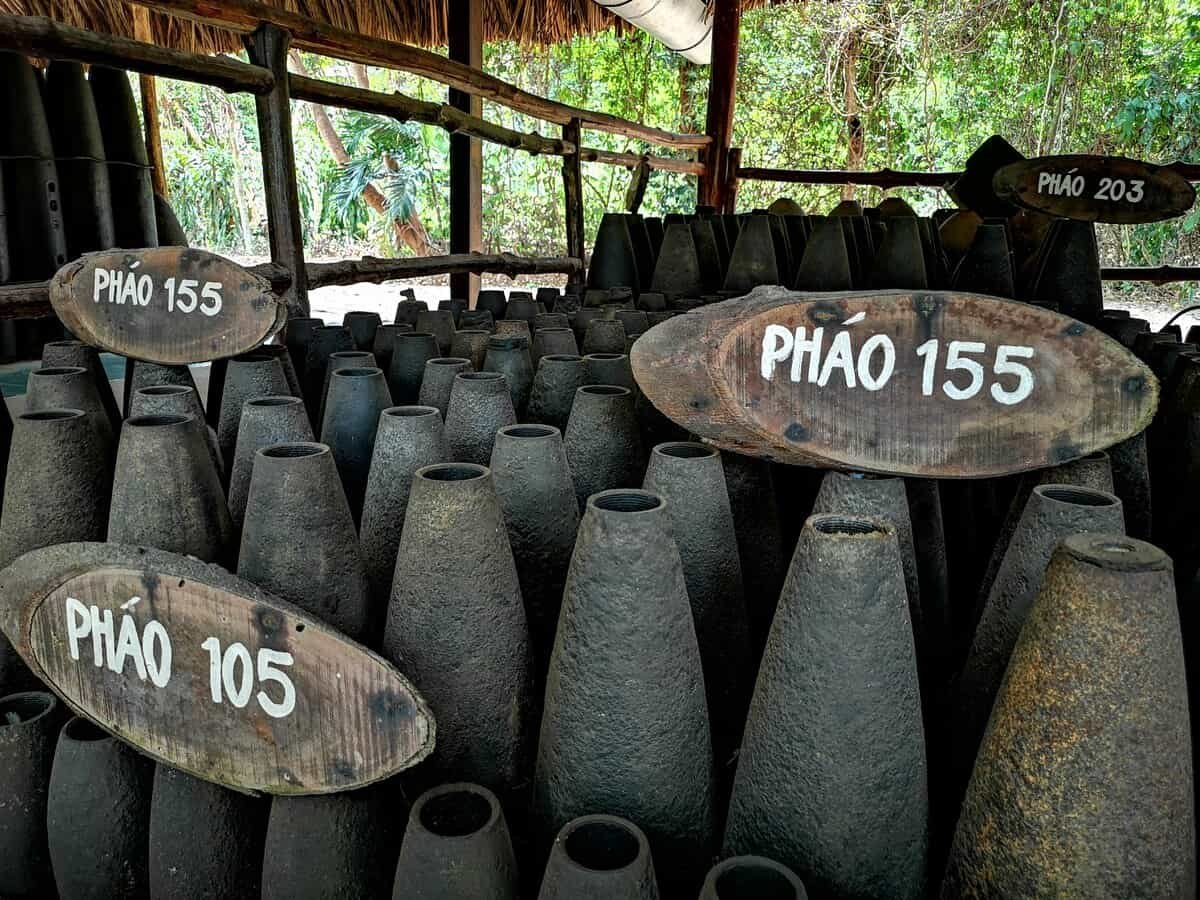
Today, the Cu Chi Tunnels have become a popular tourist attraction in Vietnam, attracting thousands of visitors each year. The tunnels have been preserved and turned into a museum, providing visitors with a glimpse into the life of the Viet Cong during the war.
Tourists can explore a section of the tunnels, which have been widened and reinforced for safety purposes. They can also see various booby traps and weapons used by the Viet Cong, as well as learn about the tunnels’ construction and design. Visitors can also watch a short film about the Vietnam War and the significance of the Cu Chi Tunnels.
Challenges Faced by Viet Cong in Building Cu Chi Tunnels

Building the Cu Chi Vietnam Tunnels was not without its challenges for the Viet Cong. The guerrilla fighters faced many obstacles, including limited resources, constant threats from the American forces, and the harsh living conditions inside the tunnels.
One of the biggest challenges was the lack of proper tools and equipment. The Viet Cong had to rely on basic tools such as shovels and hoes, which made the digging process slow and laborious. They also had to be careful not to make too much noise while digging, as this could alert the American forces to their presence.
Another challenge was the constant threat of being discovered by the American forces. The Viet Cong had to be extremely cautious and stealthy while building the tunnels, as any sign of their activities could lead to airstrikes or ground attacks.
Survival Tactics Used by Viet Cong in Cu Chi Tunnels
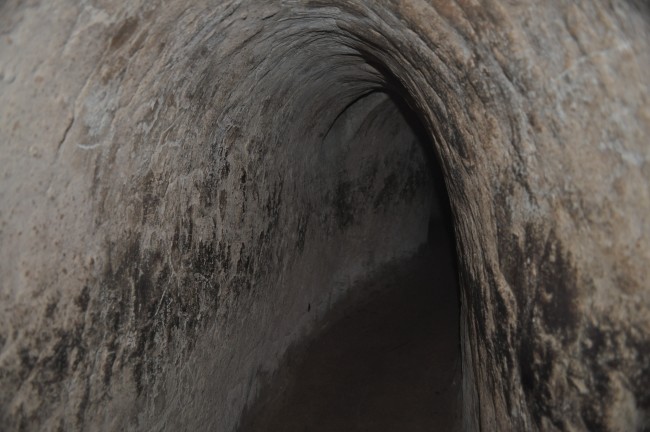
The Viet Cong employed various survival tactics to endure the harsh living conditions inside the Cu Chi Tunnels. One of the most crucial tactics was their ability to adapt and innovate. They used the resources available to them in the area, such as bamboo and termite mounds, to construct the tunnels. They also utilized natural materials to camouflage the tunnel entrances, making it difficult for the American forces to locate them.
The soldiers also had to be resourceful when it came to food and water. They grew vegetables and raised livestock in small gardens within the tunnels. They also collected rainwater and filtered it for drinking purposes.
Another essential survival tactic was their ability to stay connected and communicate with each other. The tunnels were equipped with communication systems, allowing the soldiers to relay information and coordinate attacks.
Cu Chi Tunnels Today: A Symbol of Resilience and Ingenuity
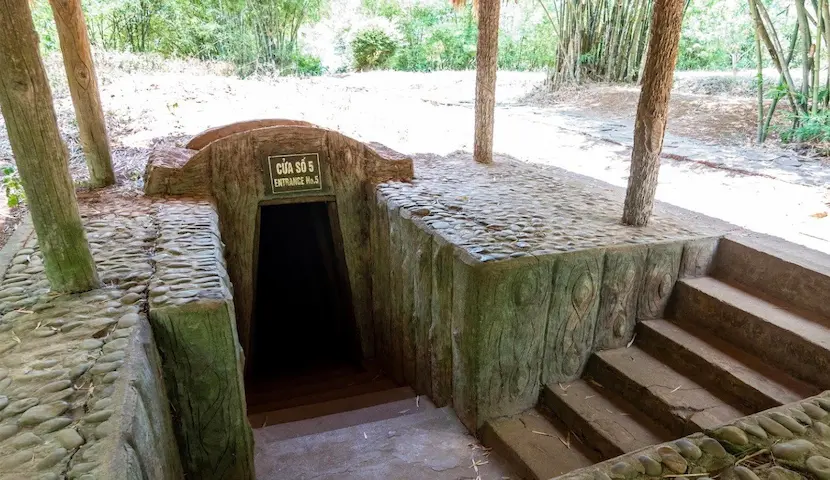
Today, the Cu Chi Tunnels stand as a symbol of Vietnamese resilience and ingenuity. They serve as a reminder of the sacrifices made by the Vietnamese people during the war and their determination to defend their homeland.
The tunnels have also become a source of pride for the Vietnamese people, showcasing their ability to overcome adversity and emerge victorious. The tunnels are a testament to the unwavering spirit of the Vietnamese people and their enduring legacy.
Controversies Surrounding Cu Chi Tunnels
Despite its significance and popularity as a tourist attraction, the Cu Chi Vietnam Tunnels have also faced some controversies. Some critics argue that the tunnels have been commercialized and turned into a tourist trap, with little regard for their historical significance.
There have also been debates about the authenticity of the tunnels, with some claiming that they have been reconstructed and modified for tourism purposes. However, the majority of visitors still find the experience of exploring the tunnels to be educational and eye-opening.
Conclusion
The Cu Chi Vietnam Tunnels are more than just a tourist attraction; they are a symbol of resilience, ingenuity, and determination. These underground networks played a crucial role in the outcome of the Vietnam War and continue to serve as a poignant reminder of the sacrifices made by the Vietnamese people. The tunnels also showcase the resourcefulness and adaptability of the Viet Cong soldiers, who were able to overcome numerous challenges to build and maintain this intricate underground city. Today, the Cu Chi Tunnels stand as a testament to the human spirit and a must-visit destination for anyone interested in the history of the Vietnam War.